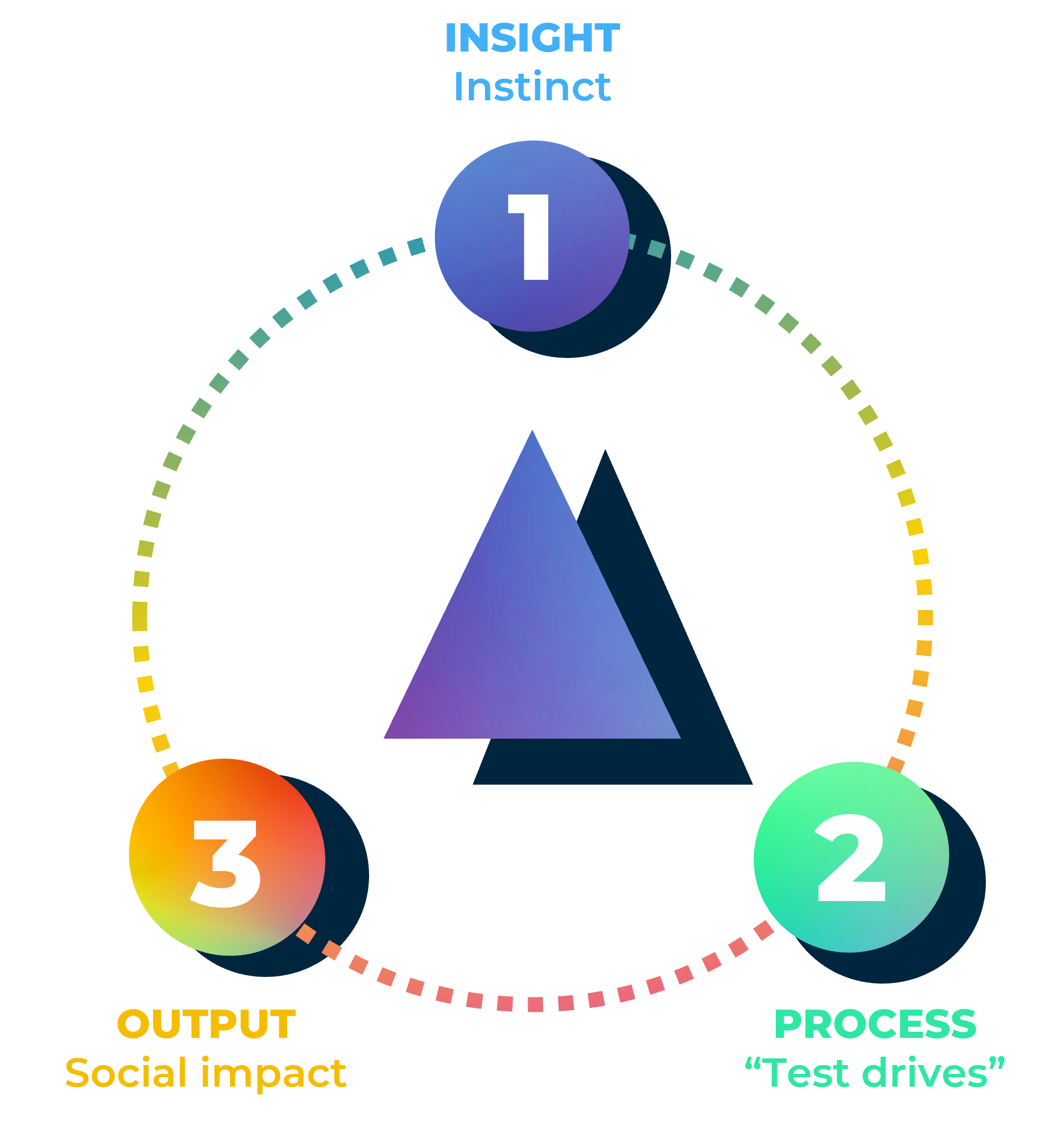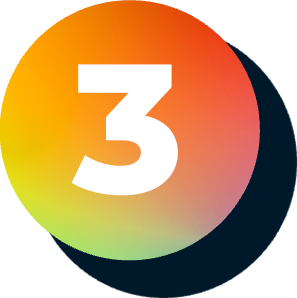
Based on these frameworks we can further generalize to imply that creativity or the role of arts is strongly tied to information and processes that we can become aware of, and hence use them through our different senses or experiences. By the time logic kicks in, we are already using more of what we describe as ‘rational thinking’ or ‘processing of information’.

A Creative Process in Three Phases
Inspecting creativity as a process gives us another dimension on its nature. Since it is strongly tied to our bodily and sensory knowledge (even if we also can build abstract or immaterial representations of it), the notion of practice, trying out, learning-by-doing are closely related to the process. The practice of trying out, improving, trying out again and again until mastering ties it to the human scope of finding out through trying in practice if something works.
Many artistic practices or skills depend on learning to perform certain tasks or master specific instruments or tools physically. No matter how many books you might read about how to paint, draw or play an instrument – it will not develop the corresponding physical skill. That said, any artistic performance is not the technical replication, it is the human interpretation that it conveys.
Humans develop and possess skills and seem to have a tendency for understanding other humans, along with the world around us. Still much still remains unknown to us, science can only aim to explain what we can objectively observe and prove. Bodily knowledge and human communication is far from exact science. But learning the nature of different kinds of knowing and thinking can help us work better anyway.

The Phases

Personal Skills and Competences
- Self-awareness → Reflection and mindfulness, awareness of meanings and values through experience and thinking of ethics, aesthetics and philosophy.
- Learning-to-learn and think → For example, E. Bono’s Seven Thinking Hats, H. Gardner’s Multiple Intelligences, personal traits and characteristics and Jungian Archetypes.
- Novel and critical thinking → Openness, dealing with uncertainty and critical disruption.
People/social Skills
- Communication → Bodily and sensory, using symbols, storytelling, awareness of spatial issues and social intelligence.
- Complex problem solving → Multi-disciplinary contexts, mastering art and design-based methods, tools and facilitation, facilitative and people skills, and seeing the forest through the trees.
- Leading creative people and processes → Network-leadership, communication for purpose and meaning, and seeing the forest through the trees.
Raising Awareness and Social Impact
- Enable communicating the essence of human emotions, experiences and revelations related to the meaningful dimensions of our lives.
- The ability to produce scenarios, “probable truths” based on incomplete data mixed with bodily or sensory knowledge and understanding of human behavior and the environment.
- Raise interest and aspire awe in phenome within and around us.

See the Cases

INSIGHT
Instinct
Our personal skills and competences are about self-awareness, our ability of learning-to-learn and think critically. The first phase focuses on what happens inside us, in our minds and in our ways of learning and thinking, utilizing different bodily senses as well as our logic. In Phase 1 cases, insight and instinct are dominant in the STE(A)M process.

PROCESS
“Test drives”
The process itself, the “test drive”, relies on how we communicate, solve complex problems and lead the people, methods and tools used. The second phase focuses on the processes behind the outputs, bringing out the critical points where arts and science collide and interact to create something more.

OUTPUT
Social impact
When we produce something and raise interest, the end product is highlighted instead of the process or the driving force behind it. Phase 3 asks us to ponder, how we raise awareness and interest, and how the work communicates the essence of what we want to show.
